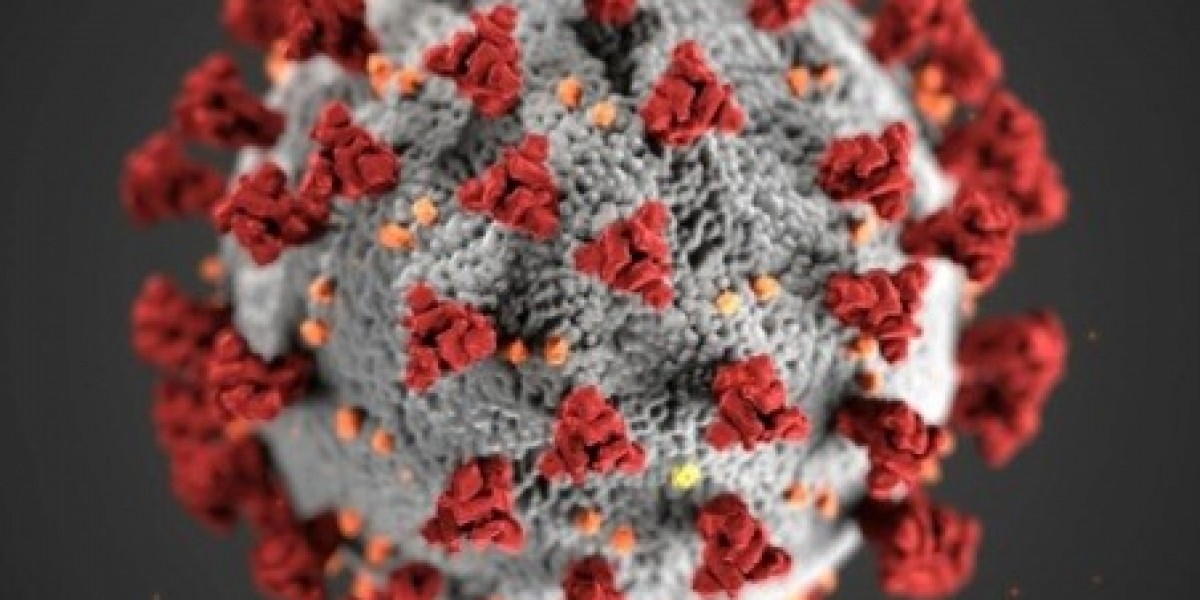If you’ve ever wondered how quickly a heart attack can be detected, you’re not alone. You and I know that early diagnosis is critical in saving lives during myocardial infarction (MI). The good news? In 2025, advancements in Cardiac Biomarkers are enabling minute-level detection, transforming emergency care and clinical protocols worldwide. Let’s explore the innovations driving this change.
The Role of Cardiac Biomarkers in MI Detection
Cardiac biomarkers are proteins released into the bloodstream when the heart muscle is damaged. They act as early warning signals for myocardial infarction, providing critical information to healthcare professionals. Historically, markers like creatine kinase (CK-MB) and cardiac troponins were the gold standard. But now, new biomarkers are emerging, offering faster and more accurate detection.
In 2025, the focus isn’t just on identifying heart attacks—it’s about doing so within minutes of onset. This shift is powered by cutting-edge diagnostics and AI-driven technologies that analyze biomarker levels with unprecedented precision.
Which Biomarker Rises First?
When it comes to MI detection, timing is everything. Among the traditional markers:
Myoglobin rises first—within 2-3 hours of symptom onset.
CK-MB follows closely, peaking at 4-9 hours.
Cardiac Troponins (cTnI and cTnT) peak later but remain elevated for days.
However, new biomarkers like Brain Natriuretic Peptide (BNP) are proving to be game-changers. BNP levels rise rapidly in response to cardiac strain, offering earlier insights into myocardial damage.
Innovations Transforming MI Detection
In 2025, several advancements are revolutionizing how we detect myocardial infarctions:
AI-Powered Diagnostics: Artificial intelligence analyzes biomarker trends in real-time, enabling rapid decision-making.
High-Sensitivity Assays: These tests detect even trace amounts of biomarkers, improving accuracy.
Multi-Biomarker Panels: Combining traditional and novel markers provides a comprehensive picture of cardiac health.
Portable Testing Devices: Handheld devices allow minute-level detection outside hospital settings.
These innovations are not only saving lives but also streamlining emergency care workflows.
Comparing Traditional vs. New Biomarkers
Here’s a quick comparison of how traditional and new biomarkers stack up:
| Biomarker | Time to Rise | Peak Time | Key Advantage |
|---|---|---|---|
| Myoglobin | 2-3 hours | 6-12 hours | Fastest initial rise |
| CK-MB | 4-9 hours | ~24 hours | Early clearance for reinfarction |
| Cardiac Troponins (cTnI/cTnT) | 6-8 hours | 12-24 hours | High specificity for MI |
| Brain Natriuretic Peptide (BNP) | Minutes | Variable | Predicts imminent MI risk |
This table highlights how new biomarkers like BNP complement traditional ones for faster detection.
Benefits of Early MI Detection
Why does early detection matter? Here’s what it means for healthcare professionals:
Improved Patient Outcomes: Faster diagnosis leads to timely interventions, reducing mortality rates.
Streamlined Emergency Care: Portable devices simplify workflows in ambulances and clinics.
Cost Savings: Early detection minimizes complications, lowering treatment costs.
Regulatory Compliance: Advanced diagnostics align with updated international guidelines.
For procurement managers and hospital administrators, these benefits translate into better resource utilization and enhanced patient care standards.
Challenges in Adoption
Of course, adopting new biomarkers isn’t without hurdles. Training staff on advanced diagnostics requires time and investment. Regulatory approvals can also delay implementation. But these challenges are worth overcoming when you consider the long-term impact on patient outcomes.
Sustainability in Cardiac Care
One exciting trend in 2025 is the push for sustainable practices in cardiac diagnostics. High-sensitivity assays now use eco-friendly materials, while portable devices reduce energy consumption. These innovations align with global efforts to make healthcare greener without compromising efficacy.
Looking Ahead: The Future of Cardiac Biomarkers
As we move forward, expect even more breakthroughs in cardiac care:
AI will continue refining diagnostic algorithms for greater accuracy.
Novel biomarkers will emerge, offering insights into pre-symptomatic stages of MI.
Collaboration between manufacturers and regulatory bodies will drive standardization across borders.
The ultimate goal? A world where heart attacks are detected before they happen—saving countless lives globally.
Final Thoughts
You and I both understand the urgency of detecting myocardial infarctions quickly. In 2025, advancements in Cardiac Biomarkers are making this possible with minute-level precision. Whether you’re a medical professional or part of the healthcare industry supply chain, these innovations are reshaping how we approach cardiac emergencies.
So let’s embrace this new era together—because every second counts when it comes to saving lives.









